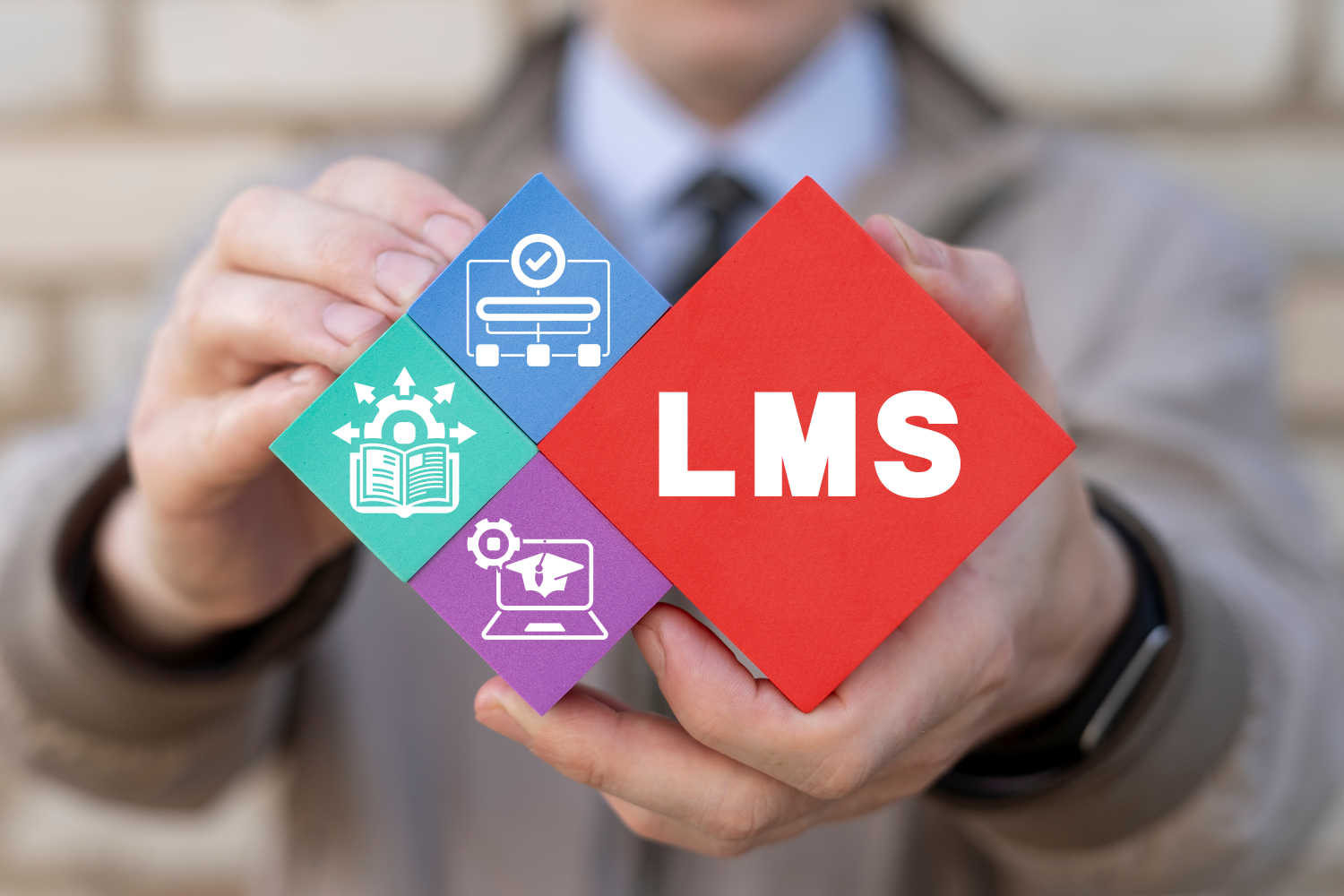Empowering Employees With Self-Directed Learning Pathways
ByJulian Gette
Workast publisher

Workast publisher
Traditional approaches to training and development are giving way to more dynamic and personalized methods, with self-directed learning (SDL) pathways emerging as a powerful tool for empowering employees. This article explores the concept of self-directed learning, its benefits, and how organizations can implement effective pathways to foster a culture of continuous learning among their workforces.
The Evolution of Learning in the Workplace
Historically, organizations have relied on formal training programs to equip talents with the necessary skills and knowledge. While these programs are valuable, they often lack the flexibility and adaptability required in today's fast-paced business environment. The need for continuous, accessible, and personalized learning experiences has become more evident with the rise of remote work.
Enter self-directed learning, a paradigm shift that places the responsibility for learning on the individual. Unlike traditional models, self-directed learning empowers employees to control their development, tailoring learning experiences to their unique needs and preferences. This approach recognizes that employees are diverse in their learning styles, paces, and interests, which involves utilizing learning management systems or LMS and online platforms.
Benefits of Self-Directed Learning
As published on ResearchGate, employers must support SDL and implement it in human resource development (HRD). Embracing SDL can lead to a more agile and skilled workforce better equipped to navigate the challenges of the ever-evolving professional landscape. Self-directed learning not only fosters flexibility and autonomy but also complements CPD (Continuing Professional Development), ensuring professionals remain updated and compliant with industry standards
Self-directed learning not only fosters flexibility and autonomy but also complements CPD (Continuing Professional Development), ensuring professionals remain updated and compliant with industry standards
Below are the other advantages of self-directed learning:
1. Flexibility and Autonomy
Self-directed learning provides employees with the flexibility to choose when, where, and how they learn. This autonomy fosters a sense of ownership over one's development, leading to increased engagement and motivation.
2. Relevance to Individual Goals
Employees can align their learning objectives with personal and professional goals, making the educational experience more meaningful. This alignment enhances the applicability of new skills to the employee's current role and future career aspirations.
3. Adaptability to Learning Styles
Individuals have different learning styles – some prefer visual aids, while others excel with hands-on experiences. SDL allows employees to select resources and methods that resonate with their preferred learning style for more effective and enjoyable learning experiences.
4. Continuous Improvement
As employees identify growth and skill enhancement areas, they can proactively seek out relevant resources, keeping their knowledge and skills up to date in an ever-changing business landscape.
5. Implementing Self-Directed Learning Pathways
Organizations must invest in creating a work environment that fosters autonomy, provides necessary resources, and supports employees in taking charge of their learning journeys to successfully implement SDL. Here are the other ways to implement SDL effectively.
6. Define Clear Learning Objectives
Organizations must articulate clear learning objectives that align with organizational and individual goals to ensure the success of self-directed learning. These objectives serve as a roadmap, guiding employees toward acquiring the skills and knowledge necessary for success.
7. Curate Diverse Learning Resources
Provide a curated selection of diverse learning resources, including online courses, webinars or virtual seminars, articles, and interactive modules. This variety accommodates different learning preferences and ensures that employees can access the information they need in a format that suits them.
8. Establish Learning Communities
Foster a sense of community among employees engaged in self-directed learning. Forums, discussion boards, or collaborative projects can help attain this goal. Learning communities provide a platform for sharing insights, asking questions, and creating a supportive environment for continuous growth.
9. Utilize Technology
Leverage technology to facilitate self-directed learning. As mentioned, learning management systems (LMS) and online platforms offer a centralized hub for resources, progress tracking, and communication. Technology also enables the integration of interactive elements, such as quizzes and simulations, enhancing the learning experience.
Robust tracking and reporting features of LMS are essential for monitoring learner progress and assessing material effectiveness. When choosing an LMS platform, prioritize security features to protect sensitive learner data, ensuring compliance with data protection regulations. Evaluate the level of customer support and training provided by the LMS vendor.
10. Encourage Reflection and Feedback
Encourage employees to regularly assess their progress in order to identify improvement areas and seek feedback from peers and mentors. Reflection enhances the effectiveness of the learning process.
11. Promote a Culture of Learning
Cultivate a workplace culture that values and prioritizes continuous learning. Leadership support is crucial in promoting self-directed learning and creating a work environment where employees feel empowered to invest time and effort into their professional development.
Tips for Acquiring New Employee Skills
Self-directed learning can be highly effective for acquiring new skills at your own pace. Here are some tips:
Define specific, measurable, achievable, relevant, and time-bound (SMART) goals for your learning journey. Clearly understand what you want to achieve through self-directed learning.
Develop a structured plan outlining the topics you need to cover, available resources, and a timeline for completion. Break down larger goals into smaller, manageable tasks.
Select high-quality learning materials, such as online courses, books, articles, and videos. Ensure the resources align with your learning objectives and are from reputable sources.
Schedule dedicated time for learning in your routine. Prioritize tasks and eliminate distractions during your designated learning time.
Consistency is key to successful self-directed learning. Regularly revisit your learning plan and make adjustments as needed. Set aside specific times each week for learning to build a routine.
Learning in long stretches can lead to burnout. Take regular breaks to refresh your mind. Incorporate activities that promote relaxation and creativity.
Explore various learning platforms, apps, and online tools that can enhance your learning experience. Leverage collaborative platforms and discussion forums to connect with others pursuing similar learning paths.
Regularly assess your progress against your goals. Reflect on what you've learned and how it applies to your work or personal development.
Share your learning goals with peers, mentors, or supervisors, and seek their input and feedback. Use feedback to adjust your learning approach and address any gaps in understanding.
Find intrinsic motivation by connecting your learning goals to personal or professional aspirations. Celebrate small achievements to maintain enthusiasm throughout the learning process.
Connect with others who share similar interests or are pursuing the same learning pathways. Engage in discussions, ask questions, and share insights to enhance your understanding.
Be flexible and open to adjusting your learning plan based on changing circumstances or emerging opportunities. Embrace a growth mindset, viewing challenges as opportunities for learning and improvement.
Remember, self-directed learning is a dynamic process, and adapting these tips to suit your individual learning style and preferences will contribute to a more successful and fulfilling experience.
Conclusion
Empowering employees with self-directed learning pathways is recommended for organizations seeking to stay competitive. By embracing this approach, businesses can unlock the full potential of their workforce to foster a culture of continuous learning that adapts to the evolving demands of the modern workplace. As the traditional boundaries of education and work blur, self-directed learning emerges as a powerful tool for individual development and the collective growth and success of organizations.

